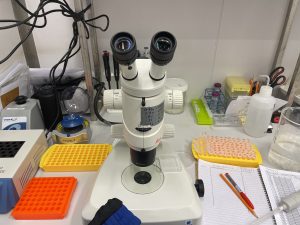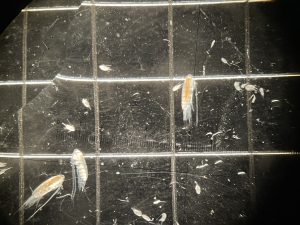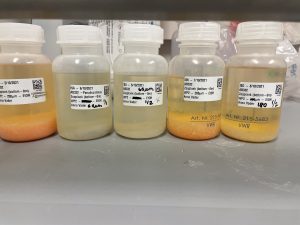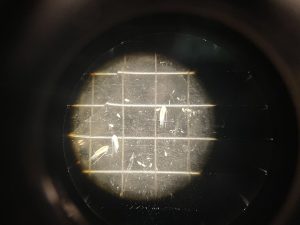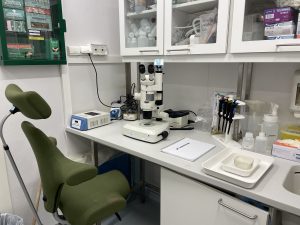Research question
Main research questions for this UNISprout projectDo species of the Pseudocalanus genus complete a one-year life cycle with only one generation?Questions we will investigateAre male individuals of Pseudocalanus present in June to August?Are P. moultoni present at all during December, February, April, and August to October?
Project description
The project involves identifying Pseudocalanus species in the lab and ensuring good quality of the current results.Pseudocalanus are small, important, and abundant copepods that live in the northern hemisphere. Three species of this genus have been identified in Billefjorden between November 2020 and October 2021. Two of the species are present every month, while one is sporadically found. What remains now is to investigate the remaining samples to be able toconfirm the absence of P. moultoni in this period. Their absence could mean that P. moultoni could act as an indicator of Atlantification, while their presence could indicate that they are present all year round either by advection or because a few numbers are able to complete a life cycle there.We will also see if there are any males present from June to August by sorting rapidly through the remaining samples. If they are present, this could indicate that species of Pseudocalanus could reproduce more than one generation during the year, while their absence could indicate that late females are unable to be fertilized.If time, we will analyze the DNA with molecular methods, and discuss the results.
The project involves:
The students will learn how to morphologically identify Pseudocalanus individuals from ethanol samples, and learn how to separate copepods into life stages.They will then extract DNA by the use of the hotshot method and if time do some PCR.Language: Norwegian or English
Starting date/period: Sep 15th – Nov 15th, 2023
Involvement
The work will be done on weekdays preferably between 14:30 and 17:00. You will be given training when needed, but will work either independently or with Sine. Independent work can be done when it suits your schedule.
Experience/skills to be acquired
This is a great way of gaining lab experience, both morphologically and molecularly. You will also learn about copepod ecology and understand their reproduction strategy and life cycle, and contribute to an ongoing research project. We will discuss the interpretation of the data and see what conclusions we can make from the results.
Prerequisites
Preferable some understanding of biology and ecology.
Interested in this project or need more info? Contact:
Sine-Sara Asta (sinea@unis.no)
Project number: 32

